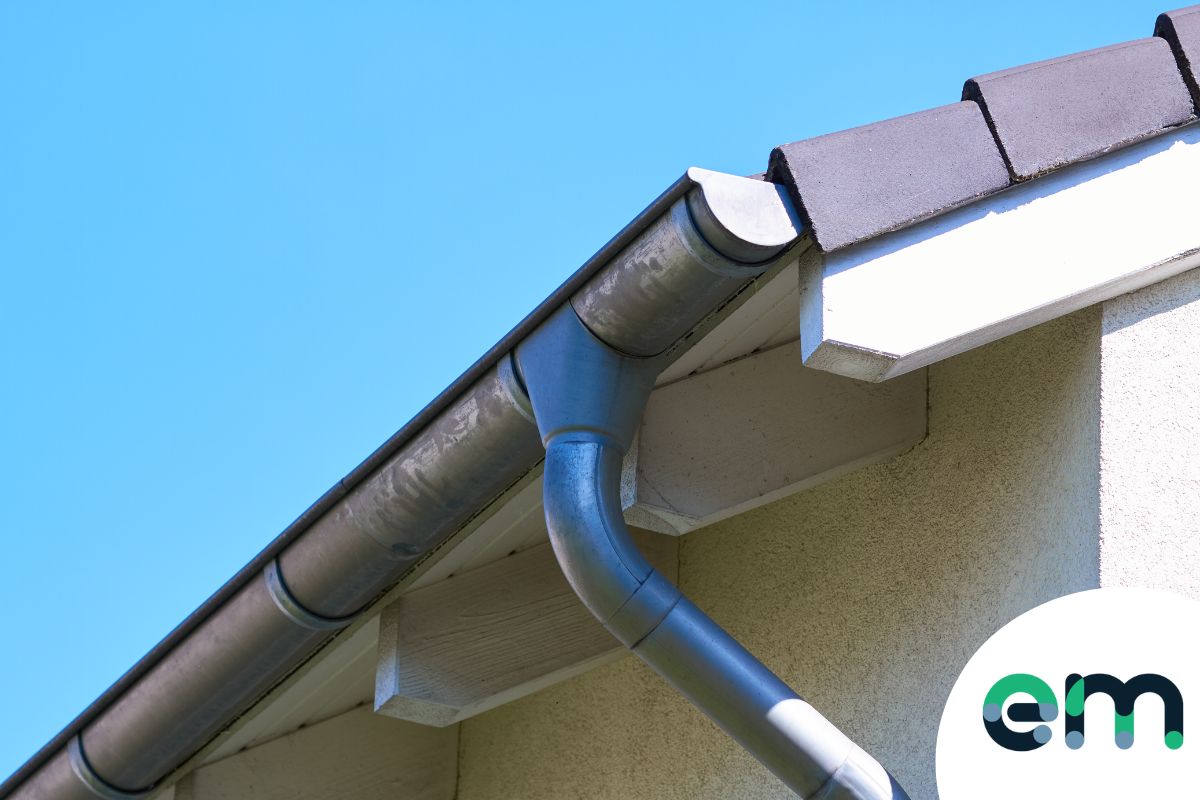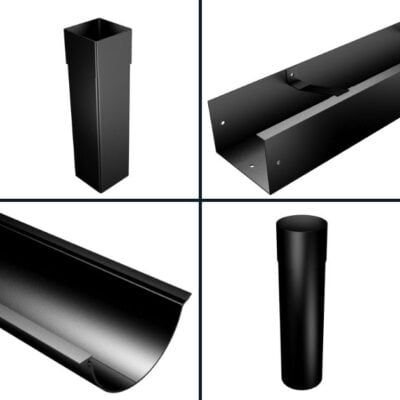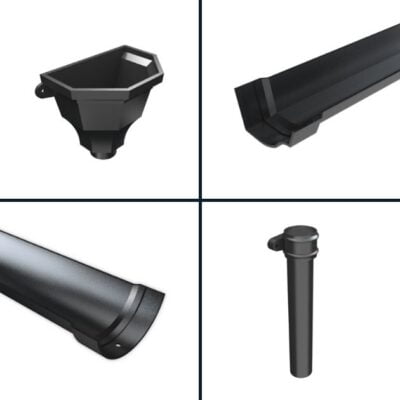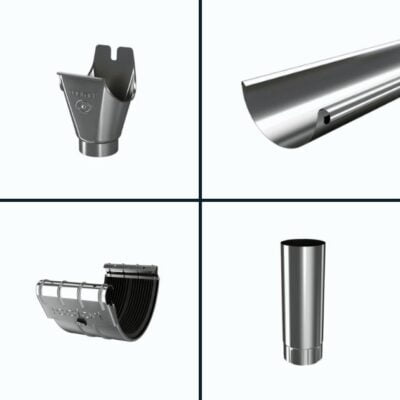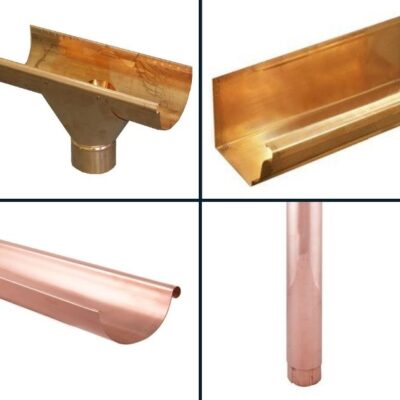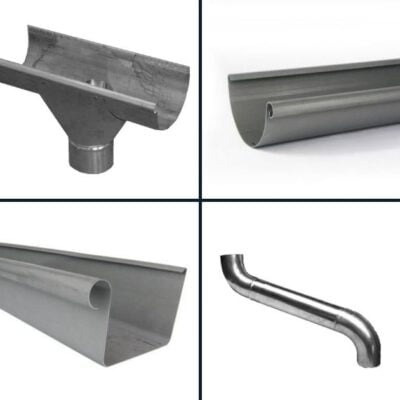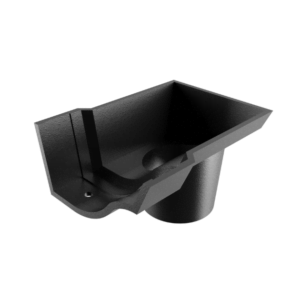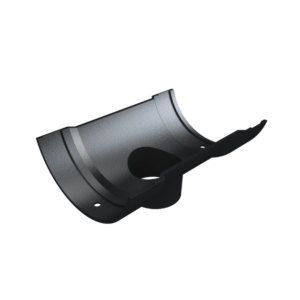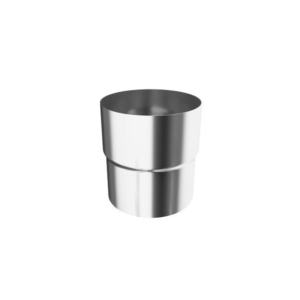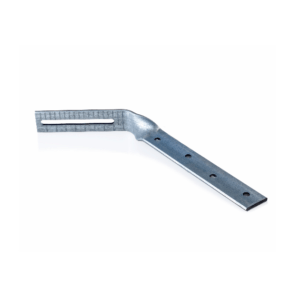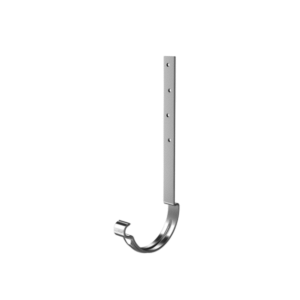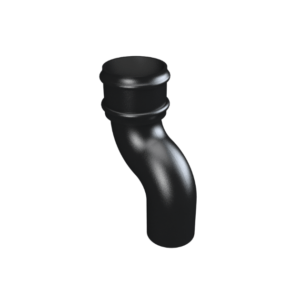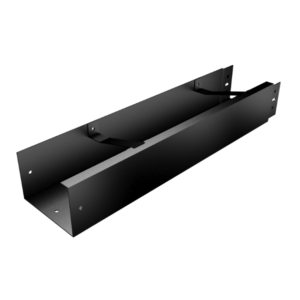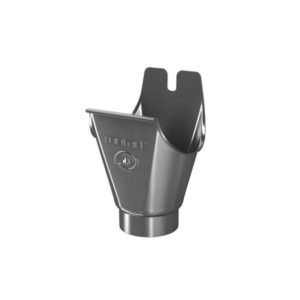No products in the basket.
Blog
A Guide To Metal Guttering
When you need guttering for your next project, then plastic is probably what springs to mind as that’s the most commonly bought and installed guttering, but you might be surprised at the benefits of the different metal systems available and pleasantly surprised at the cost of them too when considering the advantages they offer over their plastic counterparts.
There are tons of different types of metal guttering available, and it can be tricky knowing which is the best for your project without the right information. From strength and reliability to the preferred look of your house or building, there’s lots of details to consider when picking the right metal guttering products. They often look more aesthetically pleasing, adding character or style to your property.
Types of Metal Guttering
Here we’ll go through the most common types of metal guttering, explaining their different advantages and downsides, so that you can make an informed choice and go with the right option for you, bear in mind that while some of the standard items are kept in stock, most metal guttering systems are made to order by the manufacturer. So when you order from our website please make sure that the system you’re ordering is definitely the one for you.
Aluminium Gutters
Aluminium is one of the most popular guttering materials, and for good reason. Not only is this material easily and infinitely recyclable and sustainable it doesn’t sacrifice any reliability. Aluminium is durable, weather resistant and long lasting, with a light weight that can still bear a heavy load. It also has a relatively low cost compared to other metal guttering types. Aluminium guttering is one of the most green option of all, coupled with an extremely long expected working life and low maintenance makes it a very attractive option.
Cast Iron Gutters
Cast iron guttering has a more traditional look ideal for Victorian and other heritage buildings that need to maintain a certain appearance. This type of guttering can also last for a lifetime if checked regularly. It is very strong and durable, and, like aluminium – is fully recyclable. However, they tend to be one of the more expensive types of guttering, and their weight makes them harder to install and transport.
Galvanised Steel Gutters
Steel galvanised guttering is one of the cheapest guttering options, and has a high strength when compared to types like aluminium. However, they are most susceptible to rust than other kinds of metal guttering, and therefore require more regular checks to ensure that any blockages don’t bring it on. It does look great though and is a very popular option.
Copper Gutters
Copper guttering, in addition to being more low maintenance than types like galvanised steel, actually turns multiple colours throughout its lifespan, going from brown to bronze and eventually turning into a turquoise patina that many homeowners look forward to. However, this can be a disadvantage to some, and the high price of this guttering is also a drawback as well as potentially being a target for thieves.
Zinc Gutters
Zinc guttering, like copper, also forms a patina covering over time, but only goes from a shinier grey to a darker, almost black grey, so has a much less dramatic transformation. On the functional end, this patina makes the guttering UV and corrosion resistant, resulting in a long lasting product. Like copper and cast iron gutter types, though, this type can be on the pricier end.
What About Plastic Guttering?
Plastic uPVC guttering tends to be much cheaper than metal gutter varieties, and is often preferred due to the ease of fitting it, with many products using a snap fit system that allows for installation without any kind of specialist know how or equipment. In addition, despite being made from uPVC, lengths hold their shape well, and are relatively colour stable, although the colours do have the tendency to fade in sunlight over time.
As you can imagine, this type tends to be brittle when compared to the metal kinds we’ve covered, and is prone to issues like breaking and cracking during hard frosts or when leaned against by someone performing maintenance. It’s also easy to install being blight needing only screw to fix to a fascia board.
Guttering Profiles
Now that we’ve covered the different types of gutter material you can choose for your system, let’s look into some of the various gutter profiles that are available, as well as their unique advantages.
Box Gutters
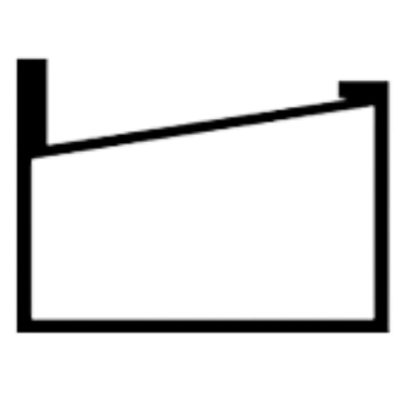
Box gutter is three sided with an open top and it has an angular, clean appearance that looks effective on modern and new built properties. This type is useful for areas with high runoff and heavy rainfall, as it has a higher capacity than other varieties.
Half Round Gutters

Half round gutters have the most classic and recognisable profile of all the types, and tend to be the most popular among customers. This half cylinder shape is practical, guiding rainwater toward the centre of the length, and blends in well with most buildings.
Square Line Guttering
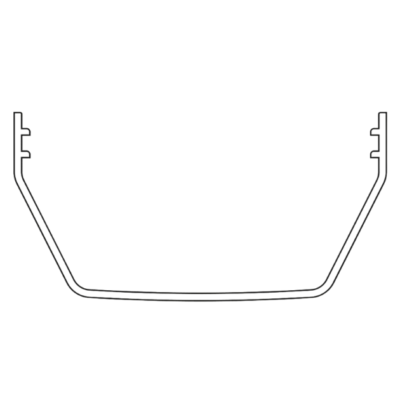
Square gutters were popular with new build houses during the 00’s and you’ll likely be used to seeing them around. It’s most popularly installed in white and is very similar to the half round profile when we look at its flow rate and popularity.
Ogee Gutters
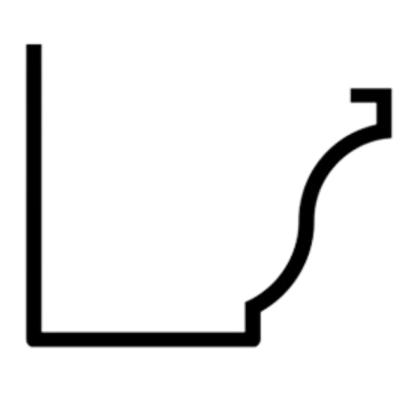
Ogee gutters have a more complicated profile than half round or square gutters, and use multiple curves that make an ‘S curve’. Ogee gutters are designed to resemble gutters from the 19th century – the name actually means Old Gothic – so are popular on older, more traditional looking buildings to create a consistent look.
Deep Flow
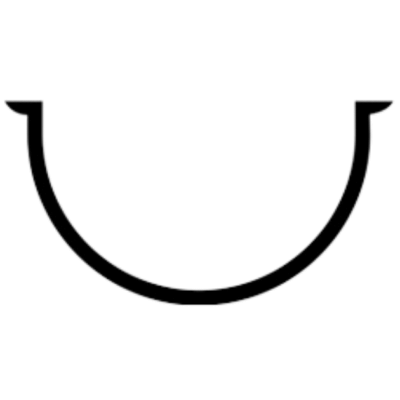
Deep flow gutters are typically used in industrial environments or in areas with times of high rainfall, and basically do exactly what it sounds like – they allow for a deeper flow of water without overflowing. They are also popular on terraced houses, and on houses with larger roofs.
Industrial Gutters

Industrial gutters are the largest sizes you’ll find, and will go up to 200mm (8″). These are often installed on farm or industrial buildings and offer the highest flow rate and water holding capacity of any of the systems.
Maintaining Your Gutters
As suggested earlier, regardless of the type of gutter you choose, you’ll need to clean and maintain them to avoid breakages and blockages. Not only will this stop issues like overflow, but it’ll save you money down the line as your gutters will last much longer.
To clean your gutters, you’ll need a ladder, some protective gloves, some tarpaulin to throw debris onto for easy cleaning, and a brush to reach leaves and branches on the roof of the building. Once you’ve removed the debris from the roof, use your gloved hands or a small trowel and take the debris out of the gutter lengths.
You’ll also need to make sure that you aren’t forgetting about your downpipes! To clean them, you’ll need to loosen the downpipe clips and brackets with a screwdriver. Next, use a length of wire to break up any blockages or debris and poke them out of the pipe (you could also use a hose for more stubborn bits of debris). Then tighten the clips and brackets back into place.
